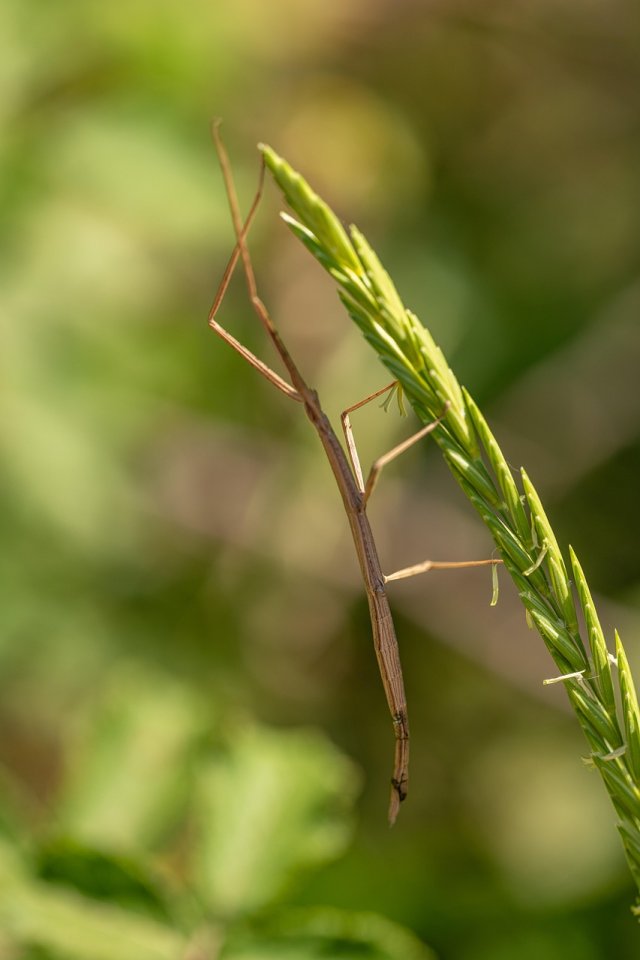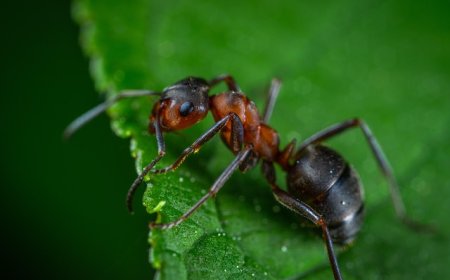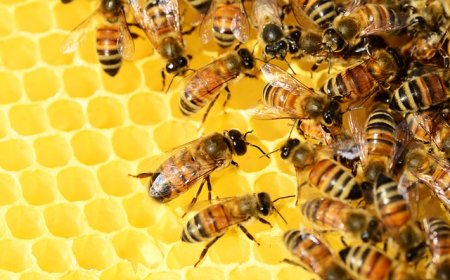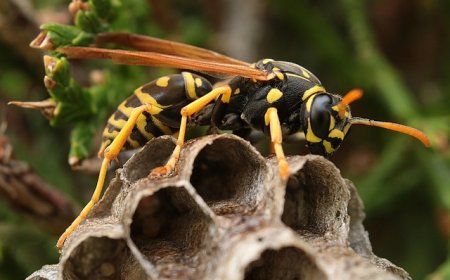Giant Walking Sticks for Kids: Amazing Facts, Life Cycle, and Camouflage
Explore the world of giant walking sticks in this kid-friendly guide. Learn about their life cycle, how they hide, and why they are important insects.

🪵🦗 Giant Walking Sticks: Masters of Disguise
🌼 Introduction
The giant walking stick is an insect that looks so much like a twig or branch that it can be almost impossible to see. These long, skinny insects use their camouflage to hide from predators. Some species can grow to be among the longest insects on Earth!
In this article, you’ll discover where giant walking sticks live, how they grow, what they eat, and why their incredible camouflage helps them survive.
🧬 Classification and Scientific Background
Giant walking sticks belong to the insect order Phasmatodea, which includes stick insects and leaf insects.
Scientific Classification:
- Kingdom: Animalia
- Phylum: Arthropoda
- Class: Insecta
- Order: Phasmatodea
The longest walking stick ever recorded was over 21 inches (55 centimeters) long!
🦗 What Do Giant Walking Sticks Look Like?
Giant walking sticks are easy to recognize by their:
- Long, thin bodies shaped like twigs
- Brown, green, or gray coloring to match branches
- Small heads with antennae
- Six spindly legs
Size:
- Some species grow over 1 foot (30 cm) long.
- Females are usually larger than males.
Some species have small wings, but most rely on hiding rather than flying.
🌿 Where Do Giant Walking Sticks Live?
Walking sticks prefer warm and tropical habitats, such as:
- Rainforests
- Woodlands
- Shrubs and bushes
They are mainly found in:
- North America
- Central and South America
- Asia
- Australia
They spend most of their time sitting still on branches.
🐣 The Giant Walking Stick Life Cycle
Walking sticks go through incomplete metamorphosis, with three stages:
- Egg
- Females drop eggs on the ground or attach them to plants.
- Nymph
- Tiny young hatch looking like small adults.
- They molt several times to grow.
- Adult
- Adults can lay eggs and continue to feed.
Some species reproduce without males through a process called parthenogenesis.
🍽️ What Do Giant Walking Sticks Eat?
Walking sticks are herbivores. They eat:
- Leaves of trees and bushes, such as oak, bramble, and eucalyptus.
- Soft plant material.
They usually feed at night to avoid predators.
🛡️ How Do Giant Walking Sticks Defend Themselves?
Their main defense is camouflage—they look exactly like sticks.
Other defenses include:
- Dropping to the ground and staying still if disturbed.
- Releasing bad-smelling chemicals in some species.
- Losing a leg to escape predators (the leg may grow back).
🌍 Why Are Giant Walking Sticks Important?
Giant walking sticks help ecosystems by:
- Recycling plant material when they eat leaves.
- Providing food for birds, reptiles, and mammals.
- Showing scientists how camouflage evolved over time.
They are a great example of how insects adapt to survive.
✨ Interesting Facts About Giant Walking Sticks
- Some walking sticks can regrow legs if they lose one.
- Female walking sticks can lay hundreds of eggs.
- Some species can live up to 3 years.
- The largest species can be longer than a human forearm.
- They are sometimes called stick insects or phasmids.
- A walking stick’s eggs often look like seeds.
- Many walking sticks are active only at night.
📝 Kid-Friendly Summary
Giant walking sticks are insects that look just like twigs. They hide from predators using their amazing camouflage. These insects eat leaves and live in warm forests. Walking sticks grow by shedding their skin several times. Some can even regrow lost legs. They are important because they help plants and animals stay balanced in nature.
🧠 Vocabulary Words
| Word | Definition |
|---|---|
| Phasmatodea | The insect order that includes walking sticks and leaf insects. |
| Camouflage | Colors or shapes that help animals blend in with their surroundings. |
| Nymph | A young insect that looks like a small adult. |
| Incomplete Metamorphosis | When insects change form without a pupal stage. |
| Parthenogenesis | A way of reproducing without males. |
| Herbivore | An animal that eats only plants. |
| Molt | To shed skin to grow larger. |
| Antennae | Sensory feelers on an insect’s head. |
| Regrow | To grow back a lost body part. |
| Predator | An animal that hunts and eats other animals. |
🎲 Interactive Quiz
Multiple Choice Questions
What do giant walking sticks mainly eat?
A) Insects
B) Leaves
C) Seeds
D) Nectar
How do giant walking sticks protect themselves?
A) Making loud noises
B) Camouflage and dropping to the ground
C) Flying away
D) Digging tunnels
What is it called when a walking stick grows back a leg?
A) Molting
B) Regrowing
C) Metamorphosis
D) Hibernation
What do you call a young walking stick?
A) Larva
B) Nymph
C) Pupa
D) Caterpillar
Where are giant walking sticks often found?
A) Deserts
B) Rainforests and woodlands
C) Oceans
D) Ice fields
True or False Questions
All walking sticks can fly.
True / False
Walking sticks are beetles.
True / False
Some walking sticks can reproduce without males.
True / False
Walking sticks eat other insects.
True / False
Walking sticks are active mostly at night.
True / False




















































